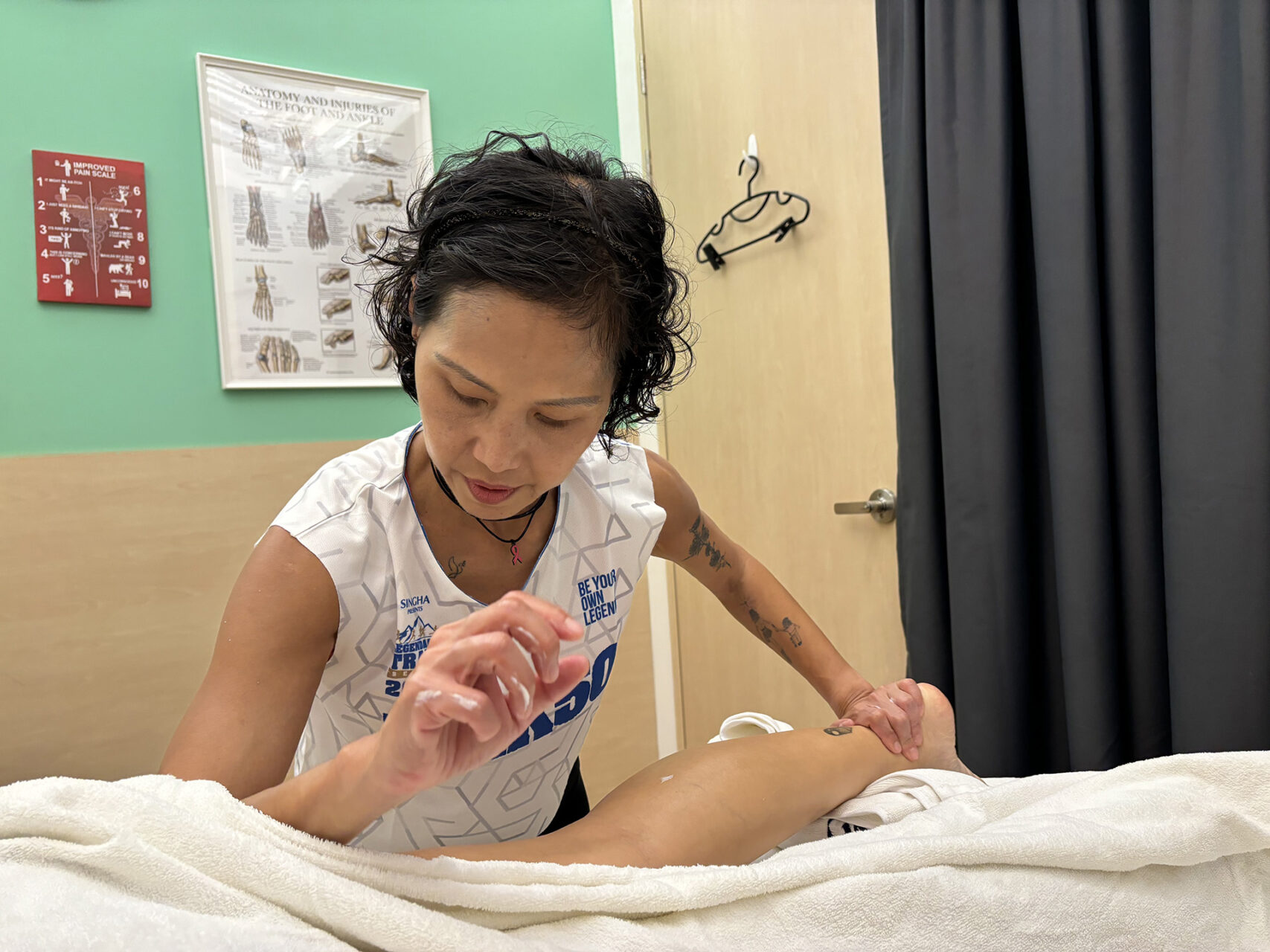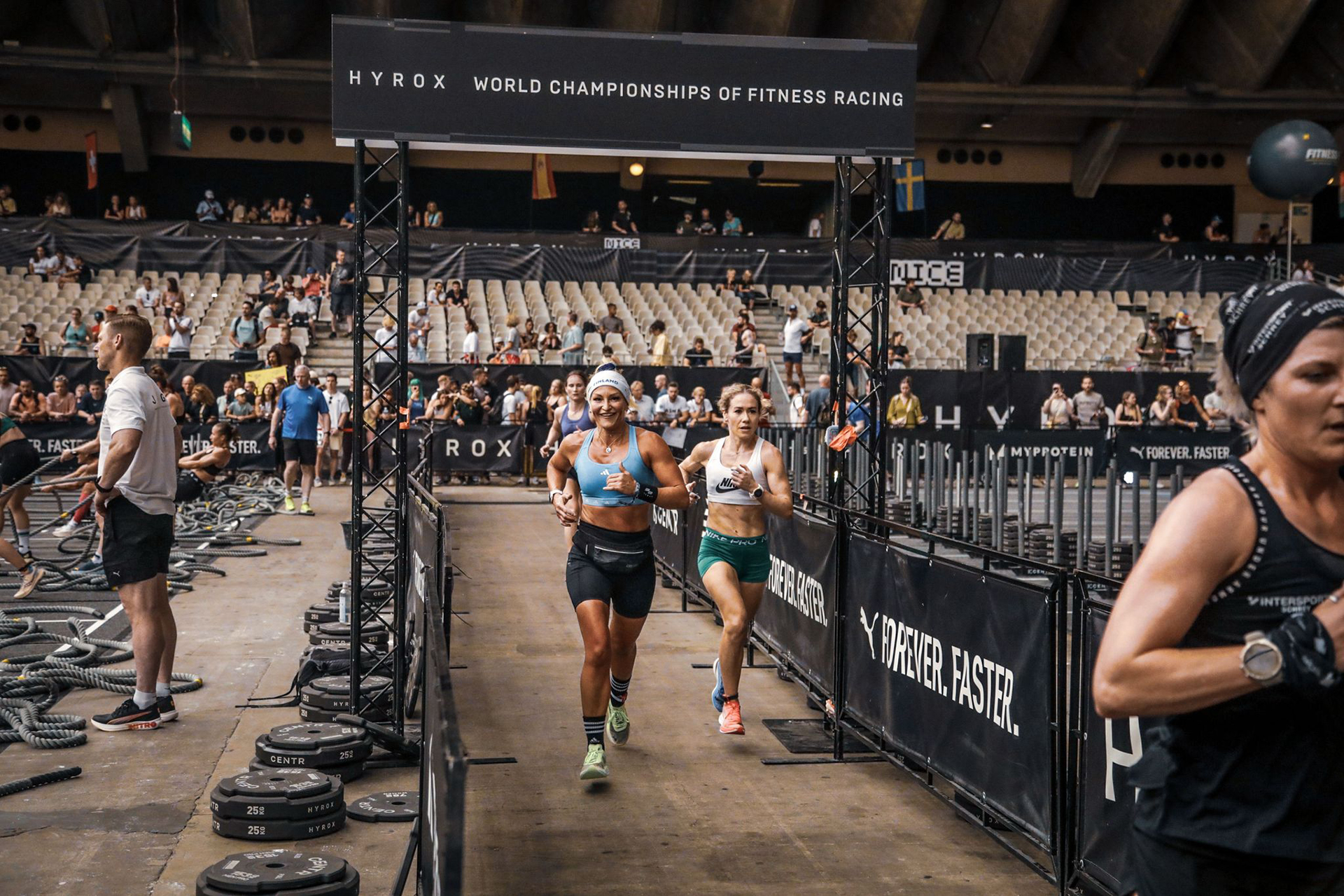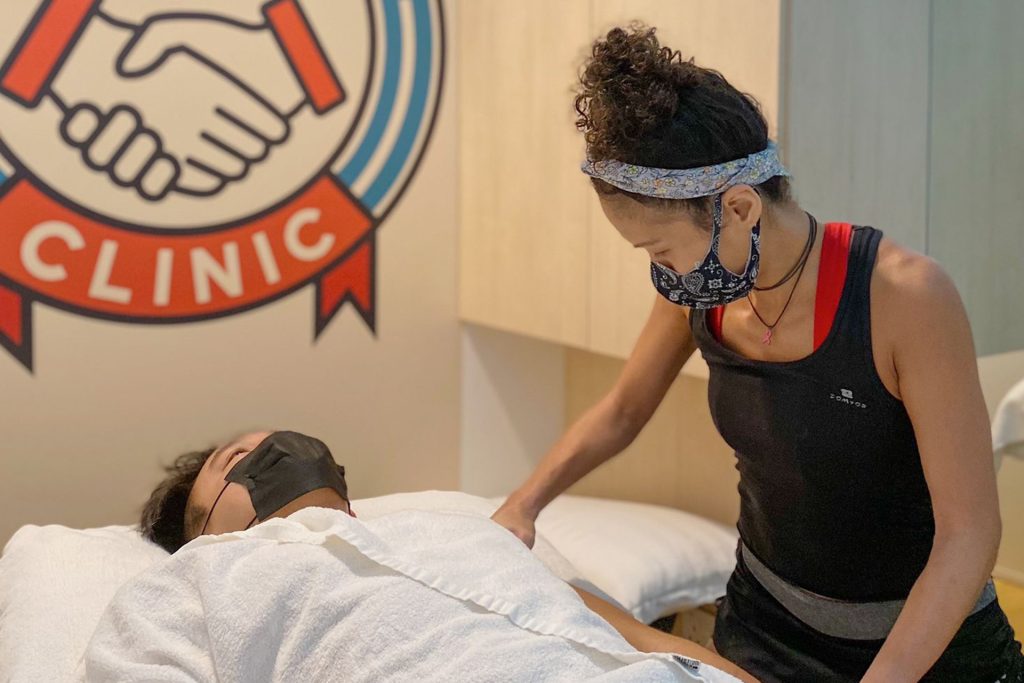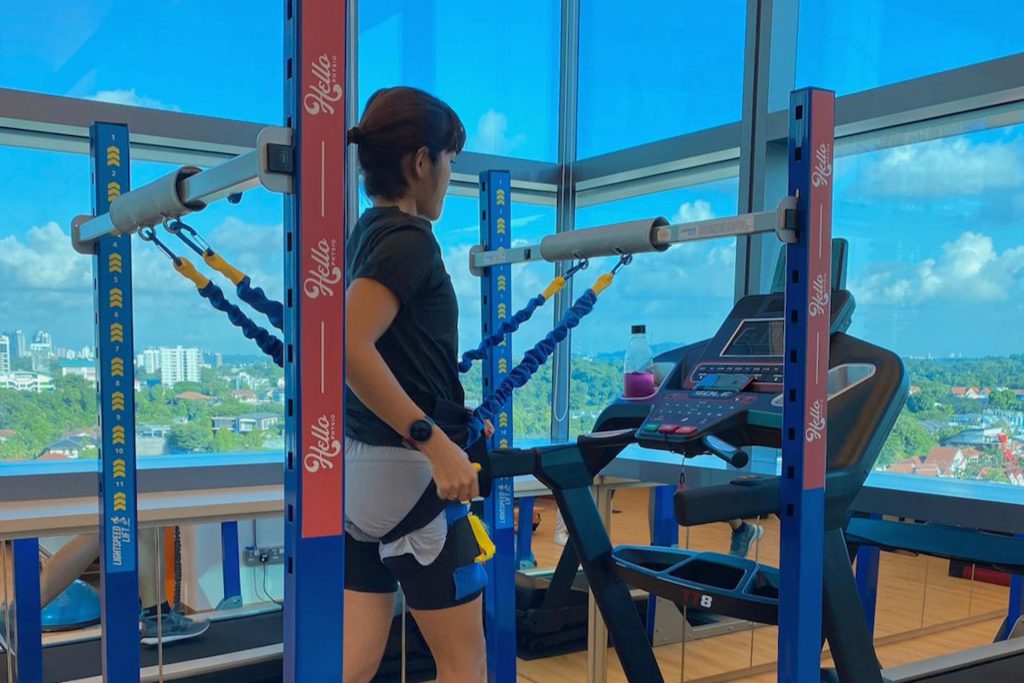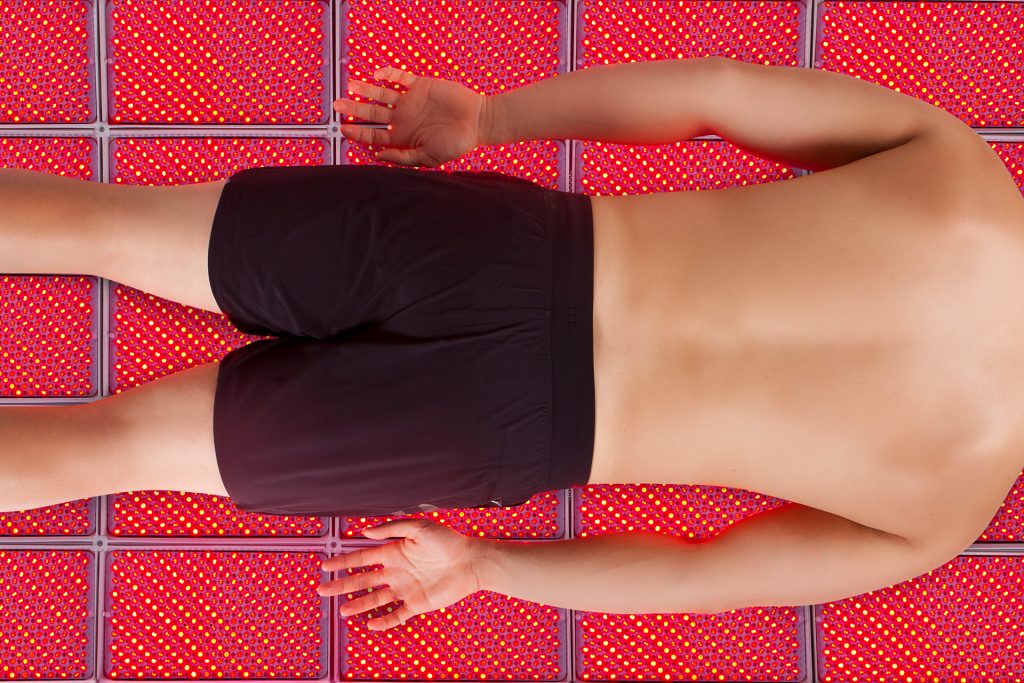|
Getting your Trinity Audio player ready...
|
What Is A Sports Massage
A sports massage is a specialized form of massage therapy designed to enhance athletic performance, aid recovery, and prevent injuries. It targets muscles used in specific sports, using techniques like deep tissue massage, stretching, and trigger point therapy to relieve tension, improve flexibility, and promote circulation. Ideal for athletes and active individuals, it helps reduce muscle soreness, enhance range of motion, and support faster recovery from workouts or injuries.
Anyone who works out or plays sports knows how easy it is to hurt or strain a muscle. The technique of sports massage in Singapore therapy has been shown to help reduce pain in some musculoskeletal conditions and may improve function. But can getting a deep tissue sports massage help?
Rehabilitation can be a tiring and frustrating process. It takes a long time and can make you feel like you’re not in control of your recovery. Physical therapy can help you with this by increasing or restoring strength and reducing pain. Sports massage therapy complements the benefits of physiotherapy by targeting the biomechanics of the athlete’s sport or activities.
Sports injury massages dive deeper into the specific areas of the body that affect strength, flexibility, and range of motion for your specific needs, rather than focusing on overall muscle realignment and healing, which is addressed through physiotherapy.
Deep tissue massage therapy releases muscle tension, focuses on the deepest layers of muscle tissue, tendons and fascia, and can treat chronic pain. Pain is a warning that something is not functioning correctly in our body. However, the location of the immediate pain may not always be the root location of the injury, making it challenging to find long-term relief.
Sports massages are similar; however, they specifically focus on areas of the body that are overused and stressed from often aggressive movements. This technique is very beneficial in helping to prevent injuries or aid recovery, tailored to your particular sport, such as tennis elbow for tennis players or tendonitis for runners.
By utilizing techniques of trigger point massage, your massage therapist can target the areas within muscle tissues that are tight. Releasing the tension in these muscles can reduce pain elsewhere in the body. A knowledgeable sports massage therapist is trained to locate the underlying causes of chronic aches and pains and use the tools at their disposal to ease your discomfort. They will refer you to a physiotherapist or rehab team member to provide more comprehensive care if necessary.

What Are the Benefits of a Sports Deep Tissue Massage for Injury Rehabilitation & Recovery?
Massages play an important role as a supplement to injury rehabilitation. By encouraging circulatory movement and relaxing muscles, massage helps the body pump more oxygen and nutrients into muscles, connective tissues, and vital organs. This allows the rehabilitating area to become more flexible, accelerate healing, and reduce stiffness.
- Circulation to improve muscle fatigue. Massages stimulate the exchange of substances between the blood and tissue cells. This increases tissue metabolism and prevents delayed onset muscle soreness (DOMS). Massages increase blood flow and maximize the supply of nutrients and oxygen, which then helps the body’s natural healing responses and the muscles’ threshold for muscle fatigue.
- Shorten recovery between workouts. After intense exercise, waste products such as hydrogen ions and carbonic acid build up in muscles. Increased circulation to these muscles helps eliminate toxic debris that accumulates during the catabolic process associated with strength training, thereby reducing your recovery periods.
- Range of motion and flexibility. The biomechanics of how efficiently the body moves helps to build muscle strength. Athletes often overtrain, which can lead to muscle rigidity. Massage improves circulation by stretching connective tissues, which helps prevent or break down fibrous tissue structures, such as adhesions, which can form from scar tissue. Massage is also attributed to the excretion of certain fluids (nitrogen, phosphorus, sulfur) necessary for tissue repair.
Coupling a sports massage routine with physiotherapy can help improve outcomes and assist in your recovery. Massages can aid pain management as the injured region is nursed back to full strength. Beyond the immediate instant gratification feeling you can get after a massage, many beneficial, long-lasting effects also help with your physical activity.
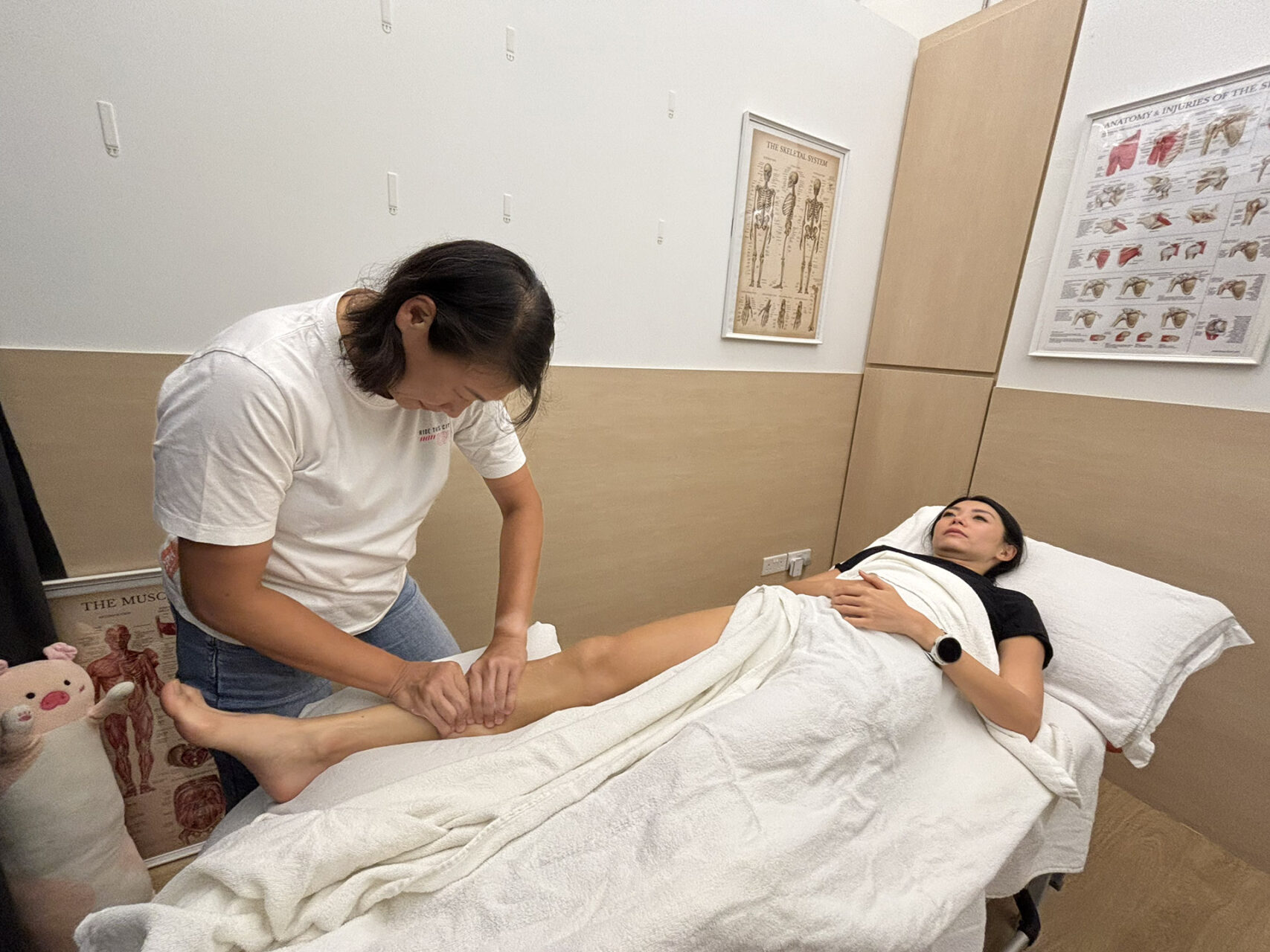
When Should Runners Get a Deep Tissue Massage?
Runners have long known that a good massage can boost their recovery after a tough race or a hard workout. Massages can stimulate and assist the circulatory system with alternating strokes and different pressure levels, aiding recovery.
The physical pressure of the massage facilitates the influx of oxygen-rich blood and nutrient uptake to the whole body, boosting the immune system and facilitating the removal of metabolic toxin by-products. This is especially important during rehabilitation, as it provides the tissue with the optimum healing environment. In short, better flow equates to a faster recovery.
Deep tissue sports massages can also help us move better by easing adhesions and releasing tension within the body. Stretching and hydrating the soft tissues creates space between the joints and ligaments, relieving tightness and improving flexibility. Massages can also restore proprioception, a mechanism of biomechanics that helps us use the right muscle movements to prevent overuse and overload injuries, like runner’s knee or IT band syndrome. More flexibility in key body parts can lead to better movement, usually connected to reduced risk of injury.

If you are hoping for your sports massage to help with your performance at an important race or event, you have to time your sports massage correctly for maximum benefits. Deep tissue work releases waste products at the cellular level — and may even leave you slightly sore. It’s advisable to get a sports massage at least 3 to 5 days before a race to help you feel relaxed and well-prepared.
Suppose you do a strenuous interval session or long run the day after a massage. In that case, you’re simply contracting your muscles, introducing more waste products, and further dehydrating muscles, which won’t boost the benefits of massage.
This is why massages should be avoided after running a marathon or shortly thereafter, due to the muscle damage and inflammation that occur in the body after distance races. It’s wise to let your body heal itself for the first one to two days before getting a deep-tissue sports massage. You should schedule a massage after about three to five days once your body has naturally dealt with the acute symptoms of post-marathon soreness and muscle damage.

Beyond improving performance, sports massages can also help runners avoid specific injuries accumulating in the lower body. Since much of running involves repetitive motion, runners are especially prone to overload or overuse injuries. Sports massages can target the specific parts of the body that are prone to injury, like the foot, ankle, or calves, to aid in recovery and reduce the chances of injury.
Hydration helps flush away waste products removed by massage to maximise the benefits after getting a massage. Combined with a clean diet of whole foods and light foam rolling, you’ll get the most out of your deep tissue massage sessions and recover more quickly – so you can train harder and race faster.
Sports massages in Singapore can help speed the body’s recovery from musculoskeletal injuries, including ankle sprains, calf strains, Achilles tendonitis, jumper’s knee, hamstring pulls or tennis elbow. Discover how HelloPhysio’s Sports Massage Therapy helps stretch muscles, ligaments, and connective tissues, improves blood flow to reduce pain, prevents injuries, and aids post-injury rehabilitation. Make an appointment today for an affordable sports massage in Singapore.





